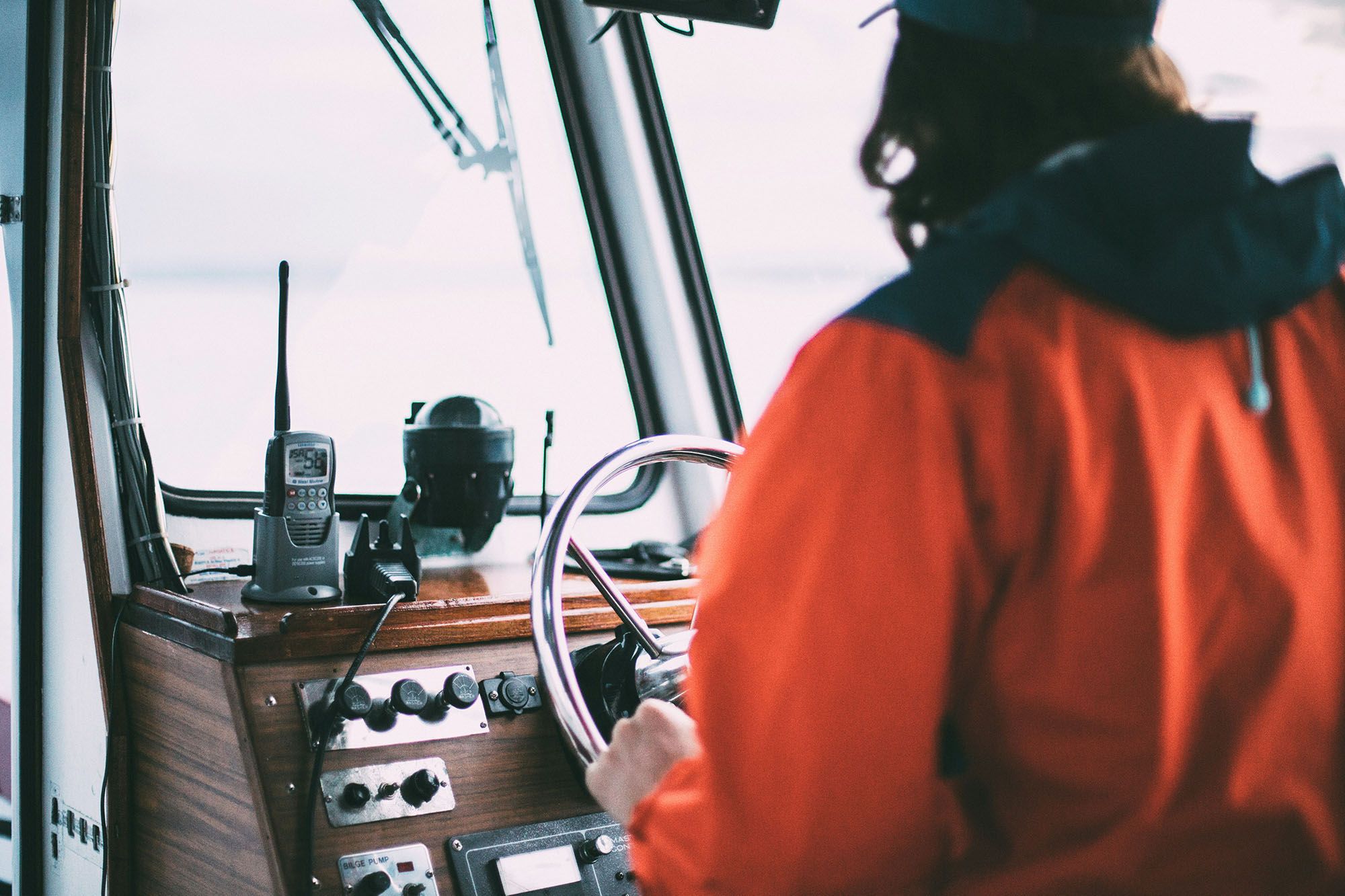The best yacht towing practices
Whether you are towing your boat or being towed, it is important to follow the best yacht towing practices. This can help you and your passengers to stay safe during the tow.
In some cases, it is even better to have someone else to do the towing. Having a professional can be invaluable when you are facing an emergency situation.
- Keep a close eye on the towed vessel
When it comes to yacht towing, the best way to keep your towed vessel safe and dry is to follow the best practices. This includes keeping an eye on the towed vessel as well as monitoring the tow line.
Keeping the towed vessel a close eye can also help you avoid tangling the tow line in your yacht’s propeller. The best way to do this is to float the towline to keep it out of the propeller.
- Keep a close eye on the towline
One of the most important yacht towing practices is to keep a close eye on the towline. If it snaps, you could injure yourself or others on the vessel.
It’s also a good idea to be aware of other boats that may need help in the water and follow all boating rules.
- Keep a close eye on the towed vessel’s engine
A towed vessel’s engine is especially vulnerable to damage when towing. It may overheat or even seize up when being towed too fast or without sufficient experience.
The best way to ensure the towed vessel is safe is to keep an eye on its engine. If it appears that the engine is stalling or if it is starting to overheat, turn the helm of the towed vessel off immediately and call for help.
- Keep a close eye on the towed vessel’s steering

The best yacht towing practices include ensuring that the towed vessel is steered properly. If the towed yacht’s steering fails, it can be dangerous for both the towed vessel and the tow boat.
Fortunately, most vessels can be steered safely. However, in some situations, it may be necessary to call for assistance.
- Keep a close eye on the towed vessel’s helm
When a boat is being towed, it’s important to keep a close eye on the towed vessel’s helm. This can help ensure the towed boat doesn’t veer off course or lose control of its direction.
Communication is crucial when towing, as it can help you catch any issues before they get out of hand. Please make sure that both boats are equipped with a VHF radio or other forms of communication so that you can stay in touch throughout the tow.
- Keep a close eye on the towed vessel’s sails
The best yacht towing practices include closely monitoring the towed vessel’s sails. This is especially important if the towboat carries a lot of gear or equipment, as broken or missing components can be deadly.
Just so you know, the best yacht towing practices also apply to towboats that are at a dock, launch ramp or other remote location.
- Keep a close eye on the towed vessel’s rudder
The rudder is one of the most important parts of a yacht and can make or break a tow. If it fails the towed vessel will sheer badly, making progress slow and dangerous with a risk of the towed vessel becoming swamped under the tow.
In these circumstances, it is crucial that the towed vessel steers as closely as possible to the towing boat to prevent the tow from being overtaken by waves. Keeping the towed yacht on constant watch is also essential to ensure it doesn’t do anything dangerous.
- Keep a close eye on the towed vessel’s helm
The helm is one of the most important controls aboard a vessel. Keeping it safe and secure should be high on your list of priorities when towing.
A good helm can help you avoid common mistakes like slamming the throttle to snag the towed boat or reversing the vessel. It also helps you maintain control of your towed craft in choppy or rough conditions.
- Keep a close eye on the towed vessel’s sails
One of the best ways to watch your towed vessel closely is to watch the sails. If you can do so, you’ll be able to detect any issues before they become serious.
In addition, it’s also a good idea to ensure you have the proper safety equipment on board. This includes a lifejacket for the towed boat and a pair of sturdy gloves for you to wear.
- Keep a close eye on the towed vessel’s rudder
Keeping a close eye on the towed vessel’s rudder is an essential practice for cruising yachts to do. This is because sometimes a towed vessel can sheer badly and become swamped.
In this case, the towed yacht should stream a drogue aft of the tow to slow it down. This can be done by attaching a long bight of rope or bucket.
Similar Blogs

Copyright © 2024 RMK MERRILL STEVENS, All rights reserved.






